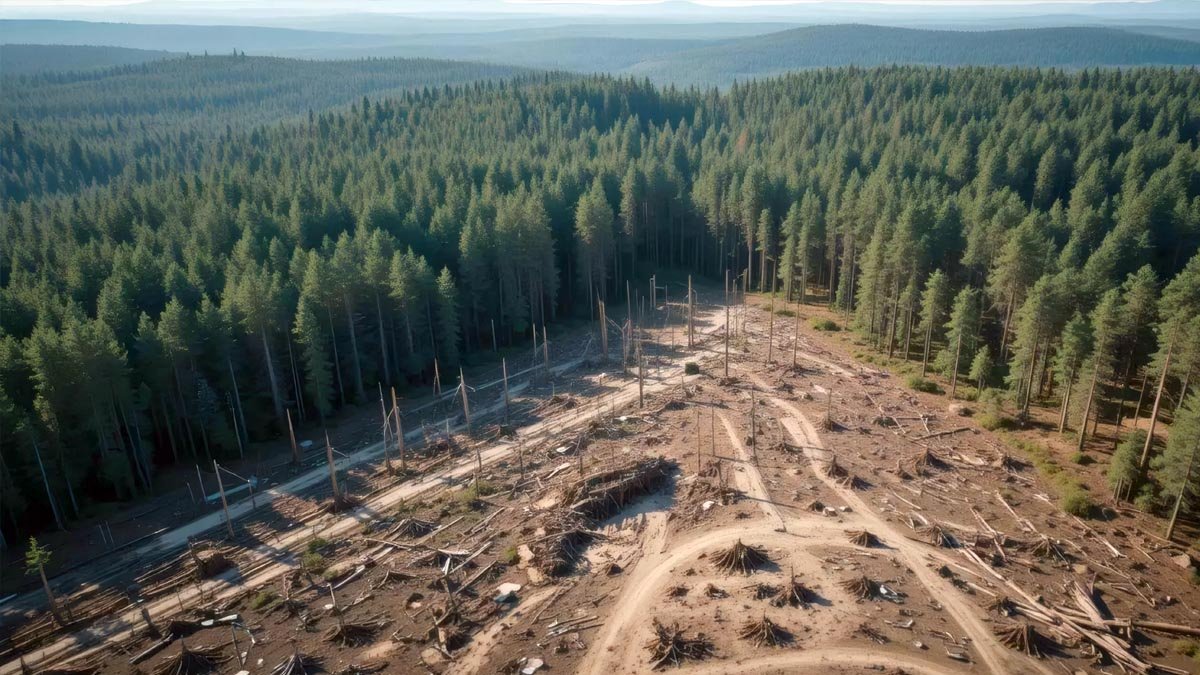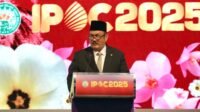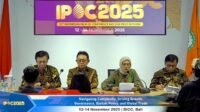PALMOILMAGAZINE, ZURICH — A study by PwC and NUS Business School (2025) reveals that while 53% of companies in Asia-Pacific have already set Net Zero targets, only 18% have been independently validated by the Science Based Targets initiative (SBTi). Even fewer disclose Scope 3 emissions, despite these typically accounting for more than 90% of a company’s carbon footprint.
This gap raises growing concerns. Investors are increasingly skeptical of “paper promises” without evidence of real progress, while consumers are demanding greater transparency to ensure sustainability claims are not dismissed as greenwashing.
Why Scope 3 Is the Biggest Challenge
Measuring Scope 1 and 2 emissions is relatively straightforward, as they cover company-owned facilities and purchased energy. Scope 3, however, is far more complex—it encompasses supply chain emissions, including deforestation from raw material sourcing, fertilizer use in agriculture, logistics and transportation, and product disposal at end-of-life.
For many businesses, Scope 3 emissions can be dozens of times greater than Scope 1 and 2 combined (Marketwatch, 2024). Yet most companies still rely on average emission factors or expenditure-based models. Regulators, investors, and auditors increasingly question the credibility of such data, especially under stricter frameworks like the EU’s Corporate Sustainability Reporting Directive (CSRD) and ISO 14068-1.
“Many companies have ambitious Net Zero targets, but the real challenge is proving them. Scope 3 cannot be addressed through estimates alone. Without credible, ground-level data, targets risk being seen as mere aspirations,” said Andre Mawardhi, Senior Manager for Agriculture and Environment at KOLTIVA, in a statement received by Palmoilmagazine.com on Friday (Sept. 26).
Field Reality: Why Verification Matters
Experts emphasize that Scope 3 measurement requires specific, contextual data rather than global averages. Land-use changes, fertilizer application, and logistics differ widely by region. While satellite imagery and digital tools are advancing, field validation remains essential.
KOLTIVA addresses this by deploying agronomists and field agents to work directly with smallholder farmers. This approach leads to practical solutions such as optimizing fertilizer use, improving land preparation, or converting crop residues into biochar. These actions not only cut emissions but also build trust.
“Producers become climate partners, not just data points,” added Andre.
Turning Ambition into Action
KOLTIVA has built a structured pathway to translate climate pledges into verifiable action, including:
- Detailed land mapping down to polygon level to ensure deforestation-free sourcing in line with SBTi FLAG and ISO 14068-1.
- KoltiTrace MIS, a digital traceability system that records emissions data directly from farms and suppliers.
- Integration with Cool Farm Tool to calculate greenhouse gas emissions, soil carbon sequestration, and biodiversity impacts.
Beyond supply chain integrity, KOLTIVA empowers farmers through climate-smart training, performance-based incentives, and digital tools—ensuring that emission reductions happen at the source.
Compliance as Competitive Advantage
Global regulations like the CSRD increasingly require transparent Scope 3 reporting. Companies that fail to comply risk sanctions, reputational damage, and restricted access to financing. In contrast, early movers that achieve verification can secure a competitive edge.
“Scope 3 is where real climate action happens,” said Manfred Borer, CEO and Co-Founder of KOLTIVA. “Without supply chain transparency, climate targets risk becoming empty promises. By combining technology with on-the-ground engagement, companies can demonstrate they are not just counting emissions but truly reducing them.”
According to Borer, verified Scope 3 data is not only about compliance—it opens access to climate finance, strengthens consumer trust, and positions companies for success in a low-carbon economy.
As regulatory, investor, and consumer scrutiny intensifies, Scope 3 is emerging as the true test of corporate Net Zero commitments. Companies that can deliver accurate, field-based data will be best positioned to prove their credibility and thrive in the transition toward a low-carbon future. (P3)





































